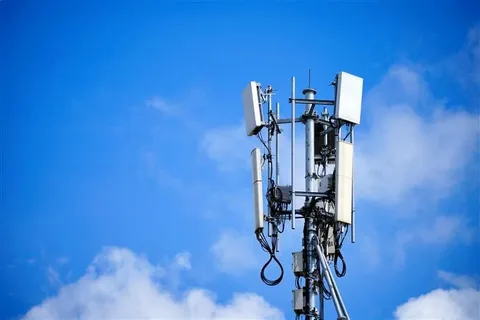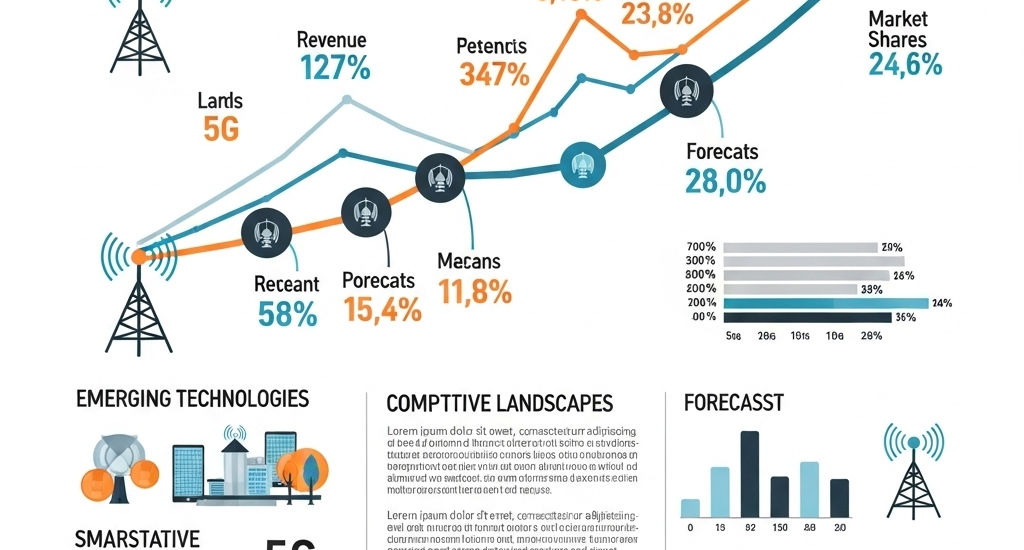The Global Base Station Antenna market is projected to grow significantly, from USD 8.47 billion in 2025 to USD 16.6 billion by 2035 an it is reflecting a strong CAGR of 12.8%.
From bustling urban centers to remote rural regions, billions of people rely on uninterrupted mobile connectivity every day. Yet, while smartphones, apps, and 5G networks dominate consumer attention, one essential component remains largely invisible: the base station antenna. It doesn’t light up screens or fit in a pocket, but it is the quiet enabler of seamless communication across the digital world.
As wireless demand accelerates—from streaming and smart cities to autonomous mobility and industrial IoT—the base station antenna is evolving into a critical infrastructure element. Its role may be silent, but its impact is foundational.
Get Ahead with Our Report: Request Your Sample Now!
https://www.futuremarketinsights.com/reports/sample/rep-gb-6918
Beyond Towers: The Architecture of Wireless Reach
Base station antennas serve as the crucial link between mobile devices and network infrastructure. Mounted on rooftops, towers, or hidden within urban furniture, they transmit and receive radio signals that carry voice, data, and control messages across networks.
Modern antennas are far more than passive transmitters. They use advanced technologies like MIMO (multiple input, multiple output), beamforming, and sectorized architecture to increase capacity, reduce latency, and focus signal strength where it’s needed most. This precision transforms dense cityscapes into efficient wireless zones—and sparse regions into connected communities.
Overshadowed by 5G Headlines, Driving Its Backbone
While 5G captures global headlines with promises of ultra-low latency and blazing-fast speeds, base station antennas are the unsung heroes making it all possible. Without high-performance antennas capable of managing complex radio environments, the 5G vision would collapse under its own bandwidth demands.
In fact, every new generation of wireless—from LTE to 5G and beyond—requires more sophisticated, denser, and smarter antenna deployments. Base station antennas are no longer passive components—they’re active enablers of next-gen performance.

Scalability for a Hyperconnected World
As connected devices multiply, networks face mounting pressure to deliver capacity, reliability, and energy efficiency. Base station antennas must now support multiple frequency bands, carrier aggregation, and dynamic network slicing—often within a single compact form factor.
To meet these demands, antenna design is becoming increasingly modular and software-defined. This allows for flexible deployments, remote optimization, and easier integration with evolving network infrastructure—all critical in managing the complexity of modern wireless ecosystems.
Urban Integration and Aesthetic Innovation
The expansion of wireless networks into cities brings both technical and aesthetic challenges. Municipalities want connectivity without visual clutter, prompting a wave of innovation in antenna design. Camouflaged antennas, small-cell integrations, and multi-purpose installations are helping operators expand capacity without disrupting the skyline.
These solutions are not just cosmetic—they reflect the growing need to embed connectivity into the fabric of urban life, supporting everything from smart traffic systems to augmented reality experiences.
Exhaustive Market Report: A Complete Study
https://www.futuremarketinsights.com/reports/base-station-antenna-market
Critical Infrastructure in a Volatile World
Reliable wireless communication has become a lifeline during crises—from natural disasters to pandemics. Base station antennas play a vital role in emergency communication, public safety networks, and remote work enablement. As geopolitical and climate risks grow, resilient and adaptable antenna systems are emerging as key components of national infrastructure planning.
Antenna technology is also crucial for expanding digital inclusion. In underserved regions, innovative antenna deployments—via towers, drones, or satellites—are helping bridge the connectivity divide and open up new economic and educational opportunities.
The Quiet Force Behind a Connected Planet
They don’t get software updates or user reviews, but base station antennas are the physical foundation of wireless communication. Every scroll, call, and stream is made possible by their presence—even if you never see them.
Ignore them, and networks risk collapse under rising digital demand. Invest in them, and the world stays connected, informed, and ready for what’s next. In the global race toward smarter, faster, and more inclusive communication, the antenna is no longer just hardware—it’s the invisible engine of progress.






